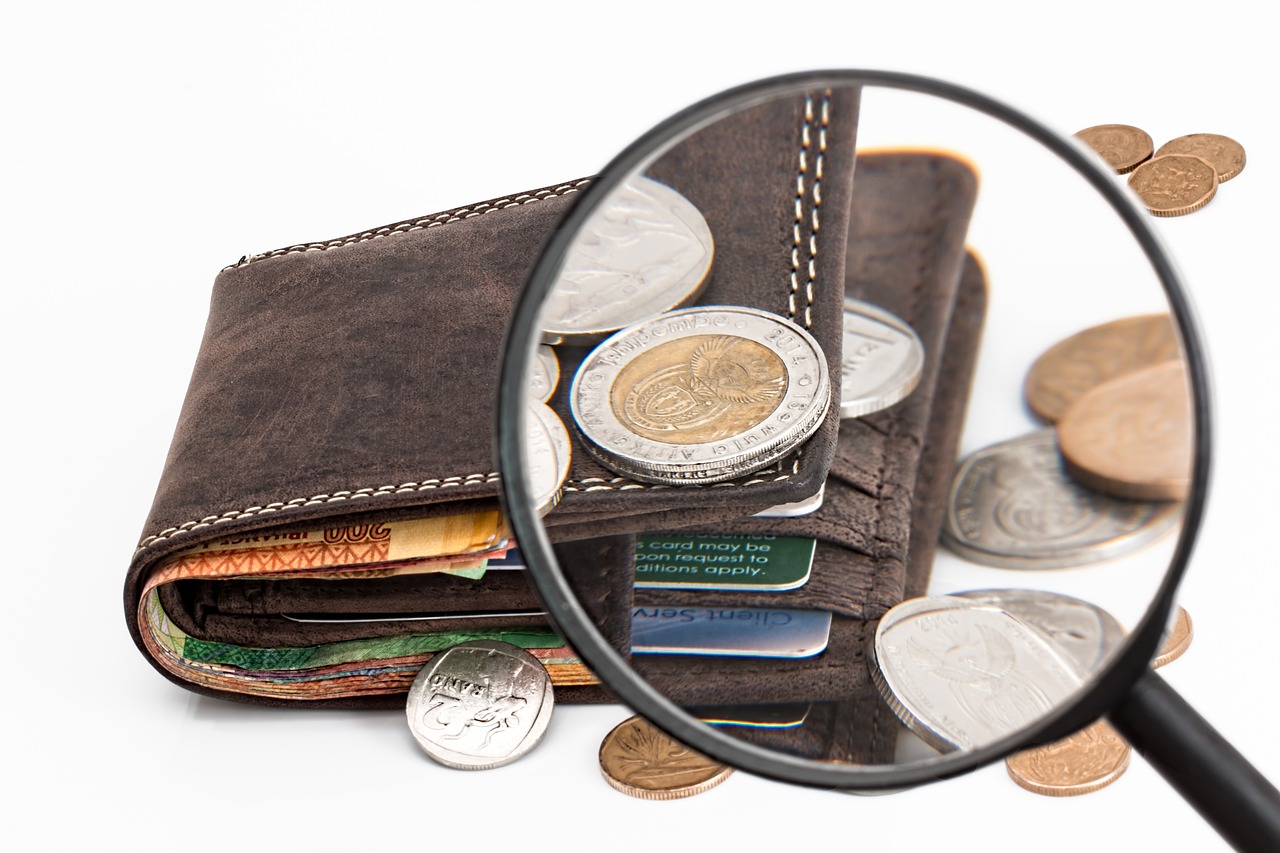In a world where fast fashion dominates and digital imagery saturates our lives, embroidered patches stand out as tactile, lasting symbols of craft, identity, and storytelling. These detailed designs—woven meticulously with thread—have been around for centuries, yet remain as relevant today as ever. From military uniforms to denim jackets, from scout badges to designer streetwear, embroidered patches have stitched their way into history, culture, and style.
But what makes embroidered patches so timeless? It’s not just their aesthetics—it’s the combination of artistry, texture, durability, and symbolism that sets them apart.
A Rich Thread of History
The origins of embroidery date back thousands of years, with early examples found in ancient China, Egypt, and Persia. Threads of gold, silk, and cotton were used to decorate garments, often indicating status, tribe, or religious affiliation. As embroidery evolved, it became both a luxury and a language—telling stories, preserving heritage, and symbolizing pride.
Embroidered patches, as we know them today, began to take shape in the military and service sectors. They served as official markers of rank, division, and duty. In the 20th century, with the rise of machine embroidery, patches became more accessible—adopted by organizations, schools, clubs, and later, by subcultures and fashion labels.
From tradition to rebellion, embroidered patches have worn many meanings—and they’re still evolving.
The Art of Embroidery
What sets embroidered patches apart from other forms of fabric decoration is their depth—literally. Unlike flat prints or transfers, embroidery adds dimension. Threads catch the light. Edges stand out. Every stitch contributes to a sense of texture and craftsmanship.
An embroidered patch is more than just a picture—it’s built. Layers of thread create gradients, contours, and shadows. The tactile quality makes people want to touch, trace, and appreciate the detail. Even small patches can take hours to design properly, with attention to stitch density, direction, and color blending.
For designers, embroidered patches are miniature canvases. For wearers, they are pieces of wearable art.
Expression Woven Into Fabric
Embroidered patches are among the most personal and expressive forms of decoration. Whether they’re commemorating a specific event, marking a team affiliation, or showing off a custom design, patches carry meaning. They aren’t just visual—they’re emotional.
People wear patches to represent who they are, what they stand for, and what they love. A band logo, a political message, a club crest, or a funny meme—all can be embroidered into a patch. And because they’re often removable or swappable, patches allow for evolving self-expression without permanently altering clothing.
From punk jackets to military dress blues, embroidered patches are statements—silent, yet powerful.
Brand Identity in Thread
For businesses, embroidered patches are more than decorative—they’re strategic. Companies use them for uniforms, promotional giveaways, product packaging, and branding on apparel. Unlike screen prints, patches have a premium feel. They suggest care, permanence, and attention to quality.
Many brands use embroidered patches as a subtle form of marketing. When a customer adds your patch to their backpack, cap, or jacket, they carry your logo into their world. It’s not just visibility—it’s endorsement.
They’re also ideal for limited editions and collaborations. A designer patch on a tote bag or hoodie turns a simple item into a collectible. And because patches are durable and transferrable, they often outlast the garments they’re attached to.
Cultural Roots and Subcultural Rebirths
Across decades, embroidered patches have been embraced by various subcultures—biker gangs, punk bands, skaters, scouts, and even political movements. Each group adopted patches to express belonging, rebellion, or solidarity.
For example, motorcycle clubs famously use large, back-patch “colors” to identify their group. Punks and metalheads create DIY battle vests covered in patches that document their music taste and personal history. Youth groups earn embroidered merit badges as a way to gamify learning and development.
In recent years, streetwear and fashion brands have reinterpreted these traditions, turning vintage aesthetics into modern statements. Today’s patches might use retro fonts, ironic slogans, or internet-inspired imagery—but the format remains classic.
Versatility in Style and Use
One of the greatest strengths of embroidered patches is their versatility. They can be applied to almost any textile: denim, leather, canvas, fleece, even hats and shoes. They can be sewn, ironed, velcroed, or pinned. Some are subtle and minimalist; others bold and colorful.
This adaptability makes them suitable for nearly any context. Custom wedding patches? Corporate retreat giveaways? Festival merch? Niche meme fashion? Embroidered patches can do it all.
And they work across age groups—from children earning school badges to adults customizing luxury streetwear.
Sustainability and Personalization
Embroidered patches also offer a sustainable fashion solution. Instead of discarding damaged or outdated clothing, people are using patches to cover stains, holes, or branding they no longer align with. This not only extends the life of garments but adds a unique twist.
Moreover, patches make mass-produced clothing feel personal. You might buy the same jacket as a hundred other people—but add a patch, and it becomes yours. In a market flooded with sameness, this is a simple yet impactful way to stand out.
A Lasting Impression
Perhaps what makes embroidered patches so beloved is that they endure. They don’t peel, fade, or dissolve in the wash. They age with your clothing, often becoming better with time—fraying slightly, softening at the edges, carrying memories.
Each embroidered patch becomes a small archive. A memory of a trip. A symbol of a cause. A piece of your aesthetic journey. That’s why people collect them, gift them, and sometimes even frame them.
Conclusion: The Future Is Stitched
In an age of fleeting trends and disposable design, embroidered patches remain powerful, durable, and deeply personal. They combine tradition with innovation, art with function, and individualism with community.
Whether you’re a designer, a brand, or just someone looking to tell a story, embroidered patches offer a meaningful, tangible, and beautiful way to do it.
So go ahead—stitch your story into the world.



 小額借款台北證件借款
小額借款台北證件借款